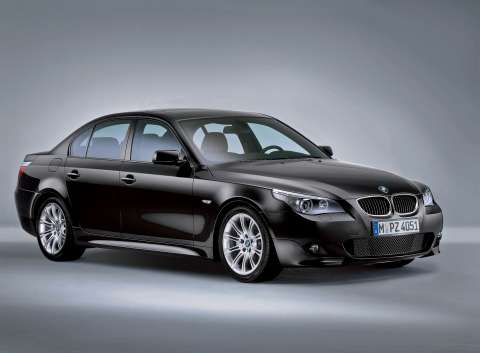The 2011 GT-R is a 2-door, 4-passenger sports car, available in one trim only, the Premium.
Upon introduction, the GT-R is equipped with a standard 3.8-liter, V6, 485-horsepower, turbo engine that achieves 15-mpg in the city and 21-mpg on the highway. A 6-speed manual transmission with overdrive is standard. The 2011 GT-R is a carryover from 2010. For 2011, its third year of availability in the North American market, the Nissan GT-R features a number of enhancements and a simplified model lineup. The previous GT-R base model has been eliminated, leaving the GT-R Premium as the only available 2011 model. Other changes include slightly darker wheel center caps, double clear coat on the front and rear fascias and the addition of rear cooling ducts to improve cooling performance around the rear floor area.
The suspension has been retuned and the rear bushing strengthened to enhance ride comfort while still maintaining the GT-R’s outstanding handling. In addition, auto on/off headlights and speed-sensitive windshield wipers are now standard, along with a USB iPod® interface, Streaming Audio via Bluetooth® and DVD playback. The navigation system now includes XM NavTraffic® and NavWeather™ capability.The Manufacturer’s Suggested Retail Price (MSRP)* for the 2011 Nissan GT-R equipped with standard 485-horsepower 3.8-liter twin-turbo V6 engine and high-performance, 6-speed, dual-clutch transmission is:
- Nissan GT-R Premium: $84,060 USD
Three options and one accessory are available for the 2011 GT-R: Cold Weather Package (no charge); special Super Silver paint ($3,000); Ultra-High Performance Tire Package (no charge); and carpeted GT-R logo floor mats ($280).
The 2011 GT-R is available only through officially certified Nissan retailers that have met a number of strict sales, service and facility commitments, including dedicating a master technician to GT-R service. A complete listing of the nearly 700 GT-R Certified Nissan dealers is available to consumers on NissanUSA.com.
| Chassis | |
| Brakes (Front) | Brembo® six piston monoblock calipers, fullfloating, |
| Brakes (Rear) | Brembo® four piston monoblock calipers, fullfloating, |
| Wheels (F) | 20x9.5 inches |
| Wheels (R) | 20x10.5 inches |
| Tires Front | 255/40ZRF20 |
| Tires Rear | 285/35ZRF20 |
| Front Suspension | Independent double wishbone aluminum, |
| Rear Suspension | Independent multi-link aluminum suspension, |
| Drivetrain | |
| Transmission | Dual clutch sequential 6-speed rear transaxle, |
| Final Drive Ratio | Front: 2.937, Rear: 3.700 |
| Engine | |
| Compression Ratio | 9.0 |
| Bore X Stroke | 95.5 x 88.4 |
| Horsepower | 485 @ 6,400 RPM |
| Engine & Transmission | |
| Displacement cu in (cc): | 3.8 |
| Torque lb-ft (Nm) at RPM: | 434 lb-ft @ 3,200 RPM |
| Exterior | |
| Body Type | Unibody |
| Length | 183.1 |
| Width | 74.9 |
| Height | 54.0 |
| Curb Weight | 3,829 |
| Materials | Steel, carbon fiber, die-cast aluminum |
| Performance | |
| Drag Coefficient | 0.27 |
| Emissions | 2 catalytic converters |































